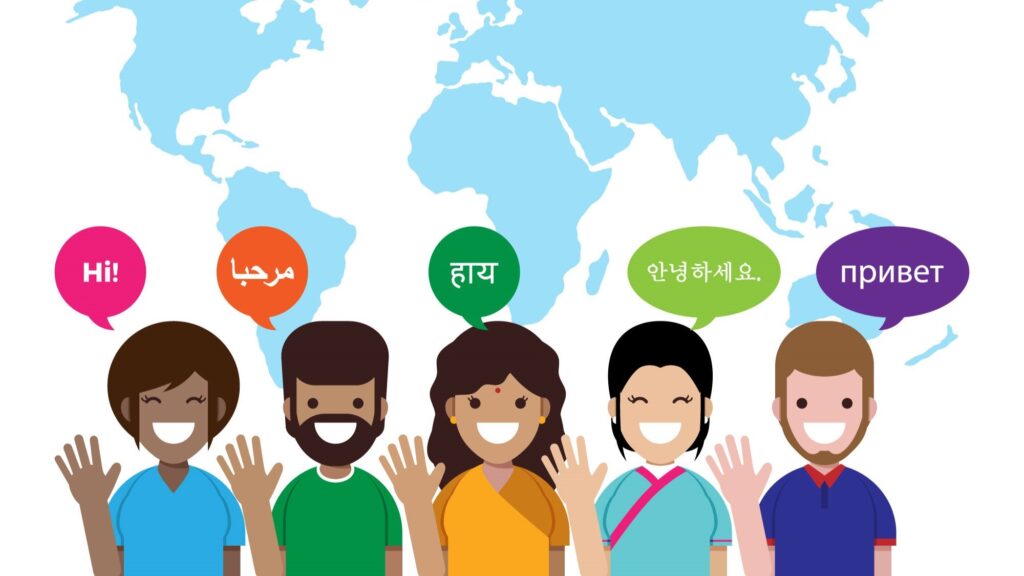
In today’s hyper-connected world, building a great mobile app isn’t enough—you also need to ensure it resonates with users across the globe. With billions of mobile users spread across different languages, cultures, and regions, localizing your app is no longer a luxury—it’s a necessity.
Whether you’re launching a new app or scaling an existing one, mobile app localization can significantly impact your reach, engagement, and revenue. In this guide, we’ll break down everything you need to know about mobile app localization—what it is, why it matters, how to do it right, and what pitfalls to avoid.
What Is Mobile App Localization?

Mobile app localization is the process of adapting your app’s content, visuals, and functionality to suit the language, culture, and preferences of users in different markets. It goes beyond translation—true localization involves making your app feel like it was built for each region.
Key elements of localization:
- Translating in-app content and notifications
- Adapting UI elements (fonts, layout, navigation)
- Formatting dates, currencies, and units
- Adjusting imagery and icons to suit local cultures
- Ensuring legal and compliance standards are met
Example:
TikTok localizes its app for each region by offering country-specific content, local hashtags, and even localized effects and stickers to appeal to cultural trends.
Why Is Mobile App Localization Important?

With more than 7 billion smartphone users globally, the potential for app growth is massive—but only if you can connect with users in their native language.
Here’s why localization matters:
- 72.4% of users say they are more likely to buy a product with information in their own language (CSA Research)
- Non-English speakers make up the majority of the global mobile market
- Localization increases your app’s visibility and downloads in international app stores
Example:
Spotify localized its app into more than 60 languages. As a result, it gained traction in Latin America, Europe, and Southeast Asia—driving millions of new subscriptions.
Key Components of Mobile App Localization
Successful localization requires attention to both technical and cultural details. Here’s what to consider:
1. Language Translation
- Use native linguists for high-quality translations
- Account for slang, idioms, and formal/informal tones
2. UI/UX Adaptation
- Ensure the design adjusts for languages with longer words (e.g., German) or RTL text (e.g., Arabic)
- Use flexible layouts to prevent text from breaking the UI
3. Local Currency and Payments
- Show prices in local currencies
- Integrate local payment methods like UPI in India or Alipay in China
4. App Store Optimization (ASO)
- Localize the app title, keywords, and description for each market
- Tailor screenshots and videos to regional preferences
5. Cultural Relevance
- Swap culturally sensitive visuals and colors
- Avoid content that might be offensive in certain regions
Example:
Uber adapted its app in Saudi Arabia to allow women to specify female drivers after local laws changed, increasing downloads and trust in the region.
Benefits of Mobile App Localization

1. Global Reach
Enter new markets with confidence and grow your user base internationally.
2. Higher Downloads
Localized apps are more discoverable in regional app stores and more appealing to local users.
3. Better User Engagement
Users are more likely to explore and return to apps that “speak their language” both literally and culturally.
4. Increased Revenue
Monetization becomes easier when users are comfortable navigating the app and completing transactions.
5. Positive Reviews
Localization leads to a better user experience, which often translates to higher ratings and positive word-of-mouth.
Example:
Airbnb’s localized approach to different markets—like showing local experiences and guides—has helped them generate over 50% of bookings from outside the U.S.
Mobile App Localization Process: Step-by-Step
1. Market Research
Identify key markets based on user demand, language popularity, and app category trends.
2. Internationalization (i18n)
Prepare your code and app architecture to support multiple languages and regional settings.
3. Content Extraction
Pull out translatable content (UI strings, error messages, notifications, etc.)
4. Professional Translation
Use human translators or trusted localization partners to ensure context-accurate translations.
5. UI/UX Testing
Check how text fits in different languages and test features like input fields, date formats, and icons.
6. Cultural Testing
Work with native reviewers to check cultural appropriateness of visuals, tone, and overall user experience.
7. Launch and Monitor
Roll out the localized app version, monitor user feedback and analytics, and iterate as needed.
Common Challenges in Mobile App Localization
- Text Expansion: English to German can increase text length by up to 30%
- RTL Language Support: Requires UI mirroring for Arabic or Hebrew
- Font Compatibility: Some fonts don’t support certain scripts like Devanagari or Chinese
- Technical Bugs: Hardcoded text or design issues may break in non-English versions
- Budget and Time Constraints: Localization is ongoing—not a one-time project
Best Practices for Successful Localization
- Start with internationalization from day one
- Use native linguists for accuracy and cultural sensitivity
- Test extensively with local users
- Optimize your ASO strategy for each region
- Keep your content updated regularly as your app evolves
Final Thoughts
Mobile app localization is one of the most powerful growth strategies for app developers today. It bridges cultural gaps, increases downloads, improves engagement, and builds trust in new markets. With billions of users waiting to connect, now is the time to think globally.
Localize Your Mobile App with VerboLabs
At VerboLabs, we help app developers and SaaS companies go global with confidence. Our app localization services cover everything from UI/UX adaptation to multilingual testing—ensuring your app feels native to every user.
- Native linguists for 120+ languages
- UI string translation and optimization
- App store content localization
- Cultural consulting and compliance




